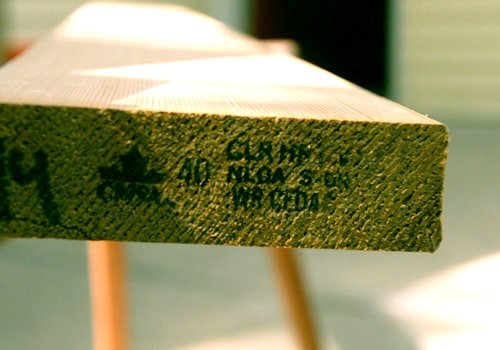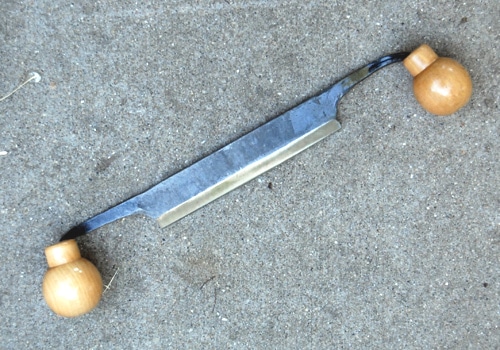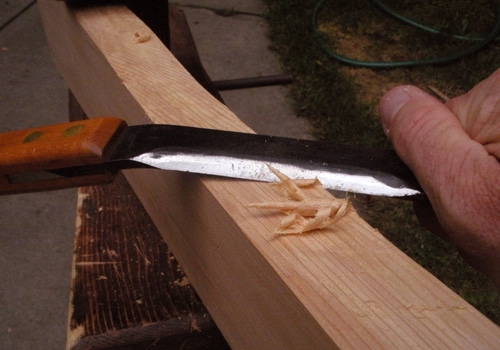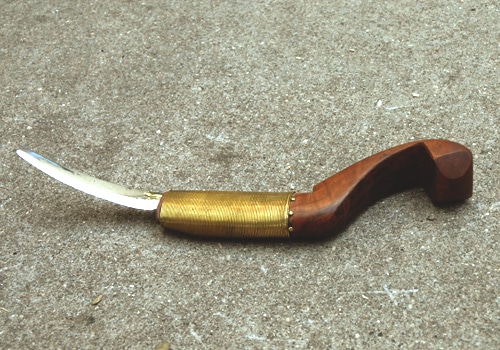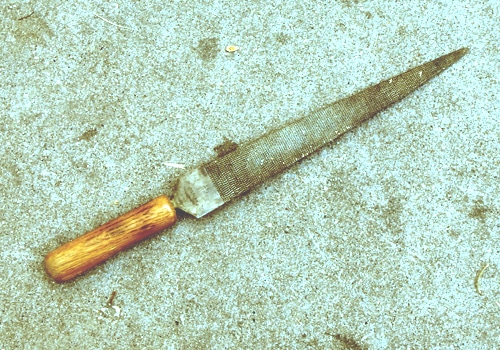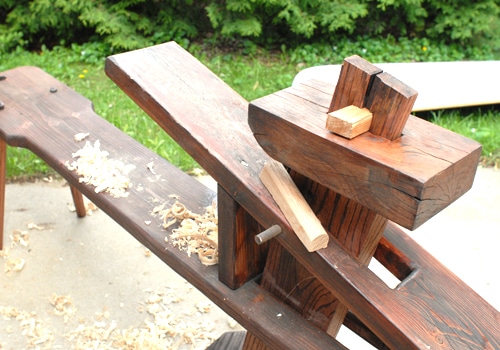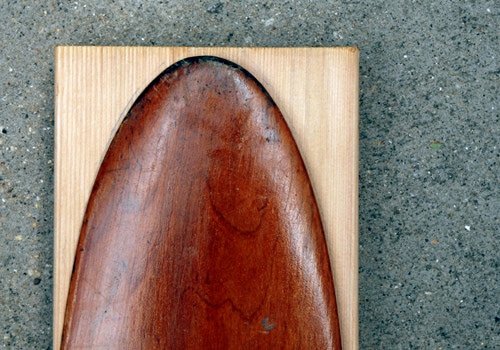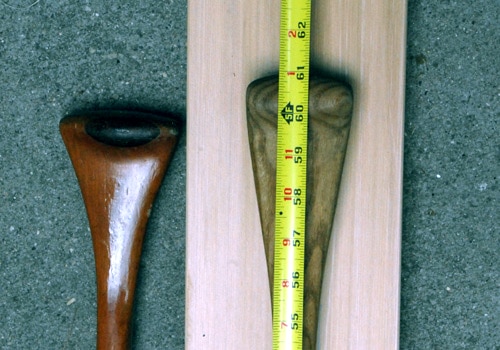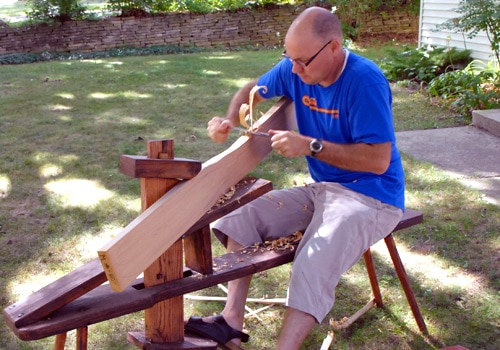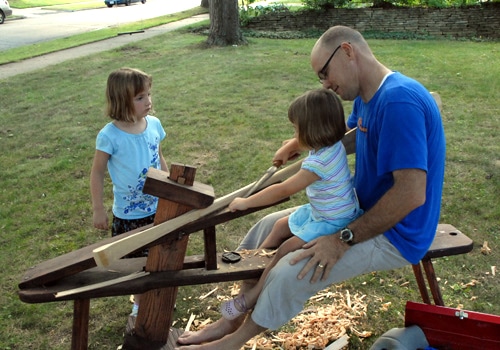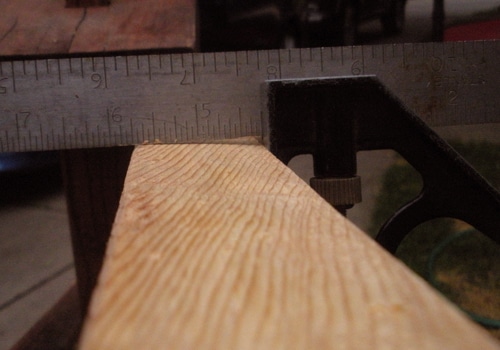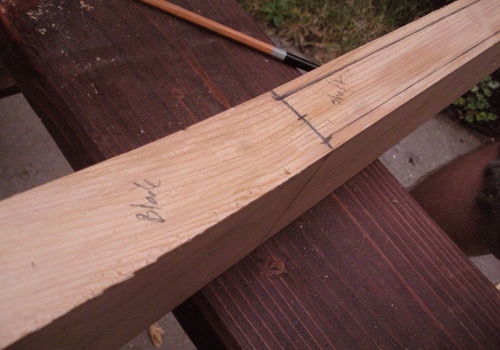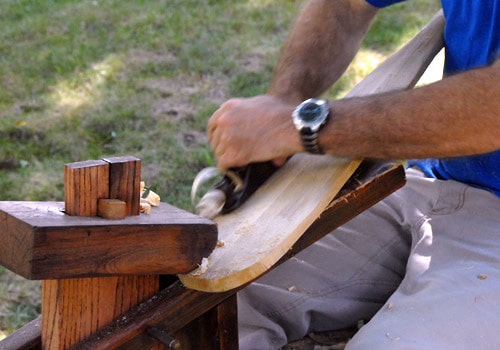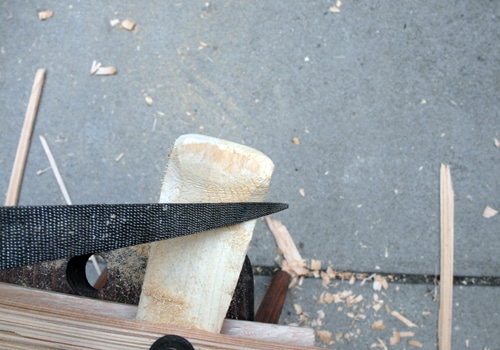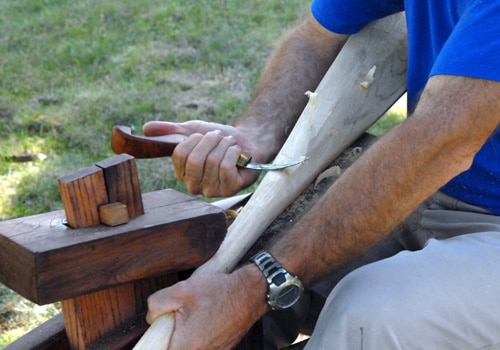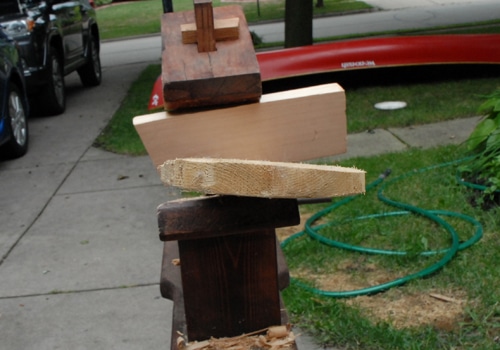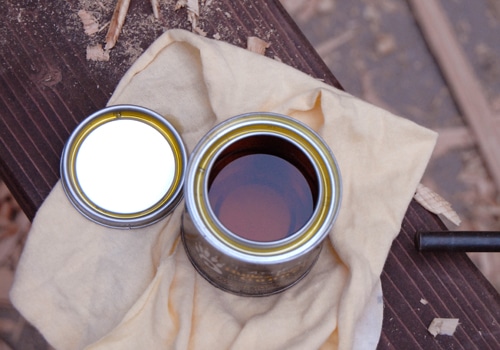really blow up in our face in the middle east.
On Wed, Aug 31, 2011 at 12:48 PM, Keith In Tampa <keithintampa@gmail.com> wrote:
> Michael,
>
> Do you consider Ron Paul's foreign policy "conservative"?
>
> I also find it humorous, that all of the Ron Paul supporters are now crying
> foul, now that Paul is getting all of the media attention that last week,
> the Paul supporters were complaining that he wasn't receiving.....
>
>
>
> On Wed, Aug 31, 2011 at 8:30 AM, MJ <michaelj@america.net> wrote:
>>
>> "Let us be blunt: The stone cold truth is that for all of their talk of
>> "conservative" principles and the like, Paul's Republican opponents in
>> Washington and the so-called "alternative" or "conservative" media are not
>> now, nor have they ever been, genuinely conservative. Whether we are
>> discussing Fox News contributors -- a shocking number of which are refugees
>> from George W. Bush's administration -- the writers at The Weekly Standard
>> and National Review, or such talk radio personalities as Rush Limbaugh, Sean
>> Hannity, Bill Bennett and all of the rest, such "conservative" commentators
>> aren't conservative at all; they are neoconservative."
>>
>> Ron Paul: Why a Top-tier Candidate Is Ignored by Republicans
>> Written by Jack Kerwick, Ph.D.
>> Friday, 26 August 2011 00:00
>>
>> It is hard not to be amazed by the blackout of media coverage of Ron
>> Paul's presidential campaign. Had Newt Gingrich, Herman Cain, Rick Santorum,
>> Jon Huntsman, or any second-tier candidate been performing remotely as well
>> as Paul has, he would no longer be regarded as a "second-tier" candidate. To
>> the credit of such left-leaning outlets as Jon Stewarts' The Daily Show and
>> The Huffington Post, this phenomenon has not gone unnoticed by everyone.
>>
>> Let's think about this.
>>
>> In spite of the extent to which Paul has been ignored by the establishment
>> media in both of its leftist and rightist varieties, he unfailingly elicits
>> explosive applause in every GOP presidential primary debate in which he has
>> participated. A Fox News poll, of all places, shows that the overwhelming
>> majority of its respondents hold that Ron Paul achieved a decisive victory
>> over all of the other candidates in the most recent debate in Iowa. Of 7,991
>> "active" cities nationwide that participated in the poll, and 43,293 total
>> votes, 27,459 people thought that Paul won the debate. Newt Gingrich came in
>> second place -- with 5, 906 votes.
>>
>> Statistically speaking, Ron Paul practically tied with Michele Bachmann
>> for first place in the Ames Straw Poll, a contest that is evidently so
>> significant that "top-tier" contender Tim Pawlenty's third place showing
>> compelled him to abandon his campaign. Bachmann beat Paul by a meager 152
>> votes.
>>
>> A CNN/Opinion Research Corporation poll released back in May showed that
>> among possible Republican contenders (Perry may not have been a
>> consideration as of yet), Paul stands the best chance of beating President
>> Obama. This poll showed Obama leading Paul by only seven percentage points,
>> while he led Romney by 11. Since then, however, things have changed.
>>
>> A Gallup poll from August 23 shows that if the election were held today,
>> Mitt Romney would beat Obama by two percentage points (48 percent-46
>> percent) and Rick Perry would tie with him (at 47 percent). It is true that
>> this same poll has Obama beating Paul by (only) two points (47 percent-45
>> percent); but it has Obama beating "top-tier" candidate Bachmann by four
>> points (48 percent-44 percent)! However, when it comes to that much
>> cherished "independent" vote, Paul leads Obama by three points. The
>> significance of this vis-à-vis my contention that Paul is a top-tier
>> candidate himself and should be recognized as such becomes obvious once we
>> grasp that Romney is the only other Republican candidate who leads Obama
>> among independents by this much (but only this much). "Top-tier" candidate
>> Perry leads Obama in this category by two points while "top-tier" candidate
>> Bachmann trails Obama among independents by six points.
>>
>> In a Texas poll among "882 highly active Republican voters," these voters
>> said that if the Texas primaries were held at the time that the poll was
>> taken, they would vote for Congressman Paul before they would vote for any
>> other Republican contender including their own Governor, Rick Perry (who
>> was second choice).
>>
>> As I write this, a Gallup Presidential Nomination preference poll shows
>> that Paul has leapt ahead of "top-tier" candidate Michele Bachmann and is
>> now third place behind Perry and Romney. Twenty-nine percent of those polled
>> prefer Perry; 17 percent are partial to Romney; and Paul picks up 13 percent
>> of the vote against Bachmann's 10 percent.
>>
>> Polls fluctuate. In any event, they are no substitutes for actual votes.
>> Still, the point here is not that Paul is likely to get his party's
>> nomination or that he would actually win the general election if he did; in
>> these propositions it is not my purpose to either affirm or deny. Rather,
>> the point is only to show that by the very standards by which establishment
>> pundits and pollsters determine top-tier candidates, Paul should be
>> considered a top-tier candidate.
>>
>> But he is not.
>>
>> The reason for this, I think, is pretty clear.
>>
>> Even though he is the partisan for constitutional or "limited" government
>> par excellence, Paul is despised and feared by the party of "limited
>> government." That is, he is anathema to the GOP establishment, for while he
>> has proved prescient regarding the economic collapse of 2008, and while an
>> ever increasing number of Americans generally and Republican-minded voters
>> in particular have gravitated toward embracing many of his views over the
>> last three years, Paul's uncompromising repudiation of his party's foreign
>> policy vision has earned him quite a few enemies within it.
>>
>> Let us be blunt: The stone cold truth is that for all of their talk of
>> "conservative" principles and the like, Paul's Republican opponents in
>> Washington and the so-called "alternative" or "conservative" media are not
>> now, nor have they ever been, genuinely conservative. Whether we are
>> discussing Fox News contributors -- a shocking number of which are refugees
>> from George W. Bush's administration -- the writers at The Weekly Standard
>> and National Review, or such talk radio personalities as Rush Limbaugh, Sean
>> Hannity, Bill Bennett and all of the rest, such "conservative" commentators
>> aren't conservative at all; they are neoconservative.
>>
>> In all fairness, it may be a lack of familiarity with the conservative
>> intellectual tradition or even a reliable history of the conservative
>> movement in America that accounts for why some of these folks wrongly, but
>> sincerely, confuse their commitment to neoconservatism with conservatism
>> proper. As for many of them, though, I suspect that they know exactly what
>> they are doing when they deceptively identify themselves as "conservative."
>>
>> My intention here is not to criticize Paul's detractors for being
>> neoconservatives. The term "neoconservatism" is not, or at least should not,
>> be interpreted as a slur. As I and others, including its apologists, have
>> argued, neoconservatism is a distinct political-philosophical orientation,
>> an expression of the Enlightenment liberal rationalism that continues to
>> dominate our political imagination. But philosophically, neoconservatism is
>> as far from classical conservatism as is socialism.
>>
>> There is no more shame in a neoconservative arguing and defending his
>> convictions than there is shame in anyone else doing the same. There is,
>> however, shame in a neoconservative pretending that he is something other
>> than he is.
>>
>> And, like today's "progressives" who pretend they are not "socialists"
>> because of the unpopularity of the idea of "socialism," our neoconservatives
>> pretend they are "conservatives" because of the unpopularity of
>> neoconservatism.
>>
>> To sum this all up, Ron Paul has proven to be, at the very least,
>> competitive with the best that this GOP primary race has to offer. However,
>> as long as his party remains dominated by neoconservatives, he will face an
>> uphill battle.
>>
>>
>> http://www.thenewamerican.com/opinion/jack-kerwick/8751-ron-paul-why-a-top-tier-candidate-is-ignored-by-republicans
>>
>> --
>> Thanks for being part of "PoliticalForum" at Google Groups.
>> For options & help see http://groups.google.com/group/PoliticalForum
>>
>> * Visit our other community at http://www.PoliticalForum.com/
>> * It's active and moderated. Register and vote in our polls.
>> * Read the latest breaking news, and more.
>
> --
> Thanks for being part of "PoliticalForum" at Google Groups.
> For options & help see http://groups.google.com/group/PoliticalForum
>
> * Visit our other community at http://www.PoliticalForum.com/
> * It's active and moderated. Register and vote in our polls.
> * Read the latest breaking news, and more.
>
--
Thanks for being part of "PoliticalForum" at Google Groups.
For options & help see http://groups.google.com/group/PoliticalForum
* Visit our other community at http://www.PoliticalForum.com/
* It's active and moderated. Register and vote in our polls.
* Read the latest breaking news, and more.
















































